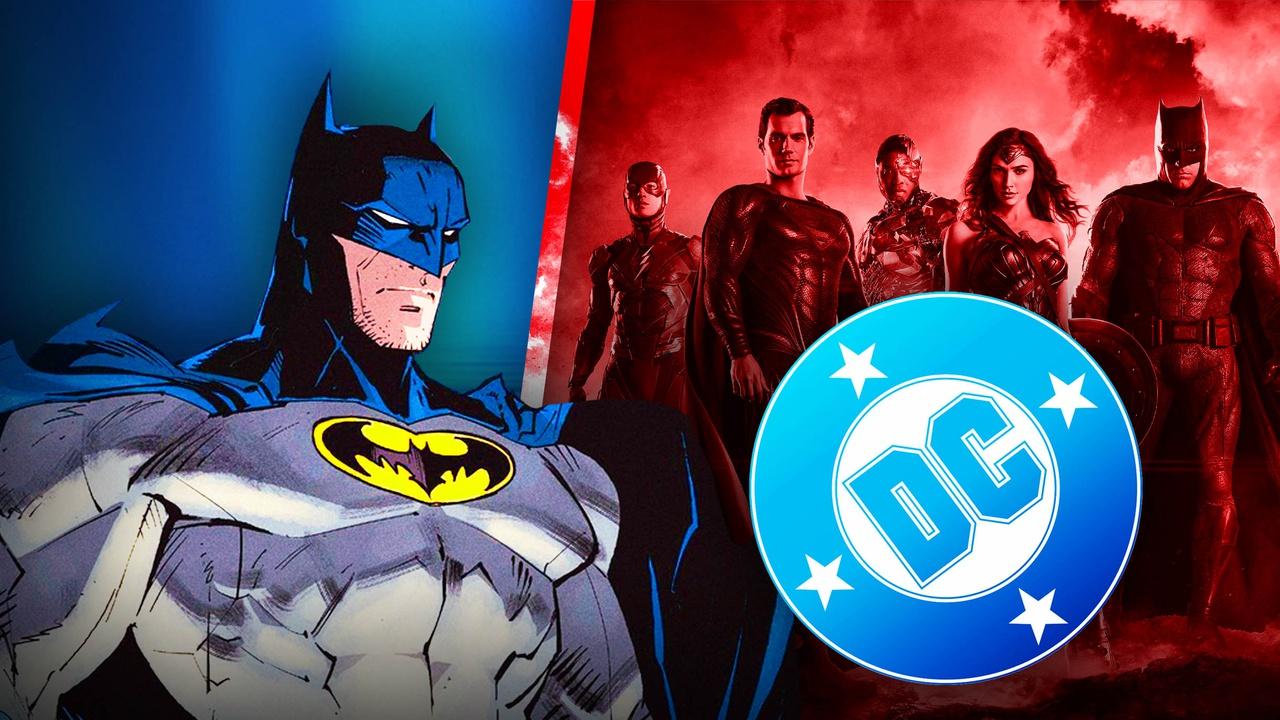
The first Batman spin-off from DC Studios is marking a big shift from the old DC Extended Universe (DCEU) strategy. DC Studios is well on the way to establishing the new DCU, with Superman and Peacemaker Season 2 both making waves in 2025, and 2026 set to include two more major superhero titles from DC. One of these will be Clayface, the first Batman spin-off in the new DCU, but this movie is doing one thing very differently from the early films in the DCEU.
Clayface will mark a major budget downsizing compared to other superhero films, particularly those in the early years of the DCEU. According to The Hollywood Reporter, Clayface's budget is expected to be in the mid-$40 million range. This is a significant scaling down compared to DC Studios' other major release, Superman, which was reported around the $200 million mark.
Clayface is also only the third film in DC Studios' new DC Universe, but in comparison, this smaller budget focus is a marked shift from the strategy of the DCEU, the first six films from which all cost at least $150 million. While Superman and Supergirl are both higher-budget films, DC Studios' decision to go with a smaller-budget superhero spin-off film as its third major movie release in the DCU is the polar opposite of what the DCEU was doing at the same time in its journey.

The old DCEU ramped up quickly, launching Man of Steel (approx $225 million), a Superman/Batman crossover in Batman V Superman: Dawn of Justice (approx $263 million), and then the villain team movie Suicide Squad (approx $175 million). While there are some similarities between DC Studios and the DCEU's strategies at this point–like the decision to launch their cinematic universes with Superman, and the third film being villain-focused–Clayface will break the $100+ million budget trend for DC Studios.
Clayface focuses on the classic villain from Batman comics and will be the DCU's first introduction to Gotham and its mythos. The movie stars Tom Rhys Harries as Clayface, an actor-turned-shapeshifter who desperately turns to unnatural scientific methods to cure his disfigurement. The film is currently in production and is scheduled for release on September 11, 2026.
Why Clayface's Smaller Budget Is a Good Thing
If the MCU and DCEU have exhibited anything, it's that cinematic universes typically scale up with subsequent film releases, not down, which is why DC Studios' decision to make a small-budget release like Clayface its third film might seem surprising.
However, Clayface has many potential pros that make it a wise decision for DC Studios. For one, Clayface will supposedly lean harder into the horror genre than the superhero genre, with the story based on a script from Mike Flanagan (The Haunting of Hill House) and directed by James Watkins (Speak No Evil).
Horror films are notoriously cheaper to make but often have bigger box office returns. The fact that Clayface is not only a horror but also a DC-related one will only boost interest in the project, giving it the potential to be one of the most profitable DC films in 2026.
While the movie will be set within the DCU, it's so early on in the cinematic universe's lifecycle that no prior knowledge will be needed to watch Clayface. This is appealing to audiences, particularly given the current state of the superhero genre, which is leading to complaints of superhero fatigue (which is evident in recent box office returns for superhero films).
DC Studios' decision to commission Clayface before a Batman movie, despite potentially not having a big impact on the DCU's future plans, is a show of faith in the film's story. It's a sign that the studio is committed to quality character titles rather than simply setting things up for a Justice League film (although there are plans for DC's version of Avengers: Endgame eventually). It's a different strategy, but it's refreshing and may end up paying off nicely for the DCU.












